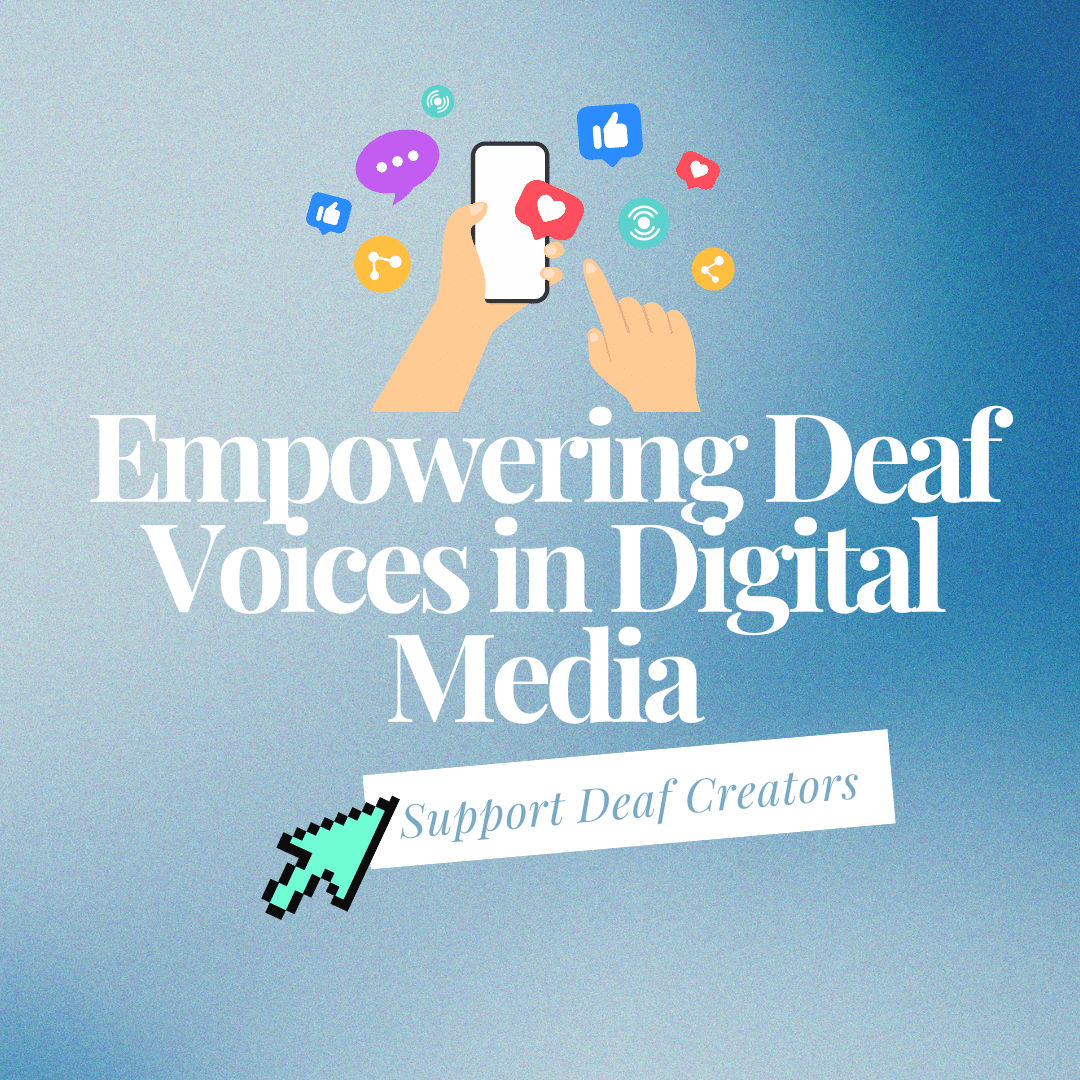
Switched at Birth – Deaf Culture on Television
- by Michelle Jay
- 2 Comments
Switched at Birth is a television show featured on ABC Family that has truly brought American Sign Language and Deaf Culture into the living rooms of today’s generation. It is the first television show to feature several deaf actors/characters and entire scenes shot using only ASL.
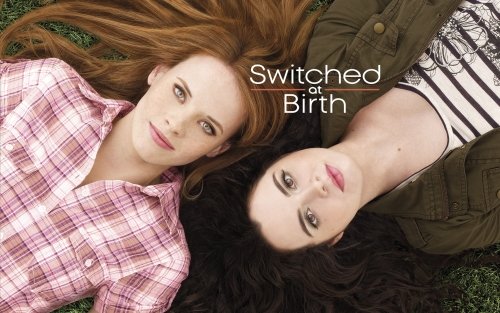
Switched at Birth is about two teen girls and their families who come to find out that they were switched at the hospital and have been raised by each other’s biological families. Bay Kennish, played by Vanessa Marano, is the artistic daughter of a wealthy two-parent family and Daphne Vasquez, played by Katie Leclerc, is the deaf daughter of a working-class single mother. The drama surrounding the two families unfolds as they learn how to live together and get to know the parents/daughters/sisters they never knew.
The show is truly inspirational, witty, and successfully brings Deaf Culture to the forefront with many deaf and hard of hearing characters portrayed by deaf and hard of hearing actors and actresses including Katie Leclerc, Sean Berdy, Marlee Matlin, and Ryan Lane.
The Main Characters

Actress Vanessa Marano
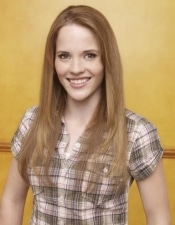
Actress Katie Leclerc
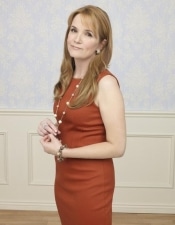
Actress Lea Thompson
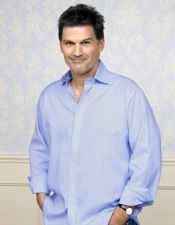
Actor DW Moffett
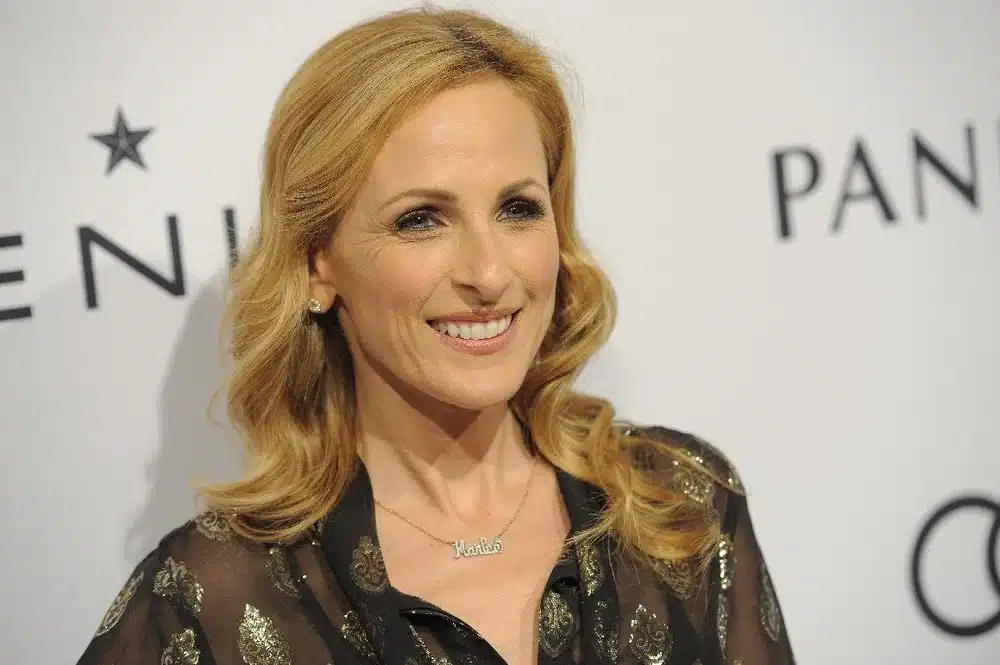
Actress
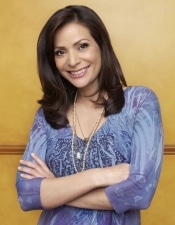
Actress Constance Marie

Actor Lucas Grabeel
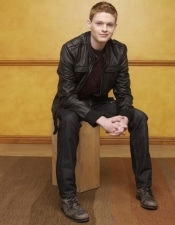
Actor Sean Berdy
A Show In American Sign Language
American Sign Language is used in every episode and in almost every scene of Switched at Birth. And on March 4, 2013, ABC Family aired the first and only television episode shot entirely in ASL. It was a smash hit and the first of its kind. The episode was incredibly moving and inspirational.
Since all of the American Sign Language on the show is captioned, it can be great practice for ASL students to see a variety of signs and signers on the show. There have been a few incorrect signs noticed on the show, but they are few and far between. And while SIMCOM (simultaneous communication–signing and speaking at the same time) is not thoroughly accepted in the Deaf Community, the hearing actors have truly done a great job learning the language and portraying it accurately on screen.
Some Deaf Culture Lessons From The Show
The Deaf Culture norms portrayed in the show are pretty spot on and incredibly educational for viewers.
As early as the first episode of Season One, when you see Regina Vasquez, Daphne’s mother, for the first time, she answers a telephone in their home connected to a flashing light. This is known as a telephone signaling system to alert a deaf or hard of hearing person visually when the phone is ringing. There are many other types of technology used by deaf people in everyday life. You can read more about them on our Deaf Technology page.
Also in episode one, when Kathryn Kennish, played by Lea Thompson, meets Daphne and Regina at her home for the first time, she communicates with Daphne by shouting. Regina informs her that no matter how loud she shouts, Daphne still can’t hear her. Shouting is actually a surprisingly common mistake made by hearing people. In the show, Daphne is able to lipread, so Kathryn is told to face her and talk normally. Later in the episode, you also learn that not all deaf people read lips or speak.
John Kennish also brings up the option of a cochlear implant for Daphne with Regina which starts a great discussion about how deaf people do not view themselves as handicapped or needing to be “fixed” or “helped” while hearing people commonly do.
The show also portrays what life is like for kids attending a school for the deaf instead of a mainstream program at a hearing school. They even cover name signs and how you’re not supposed to create your own in Deaf Culture.
We don’t want to give too much away, so you can learn more about Deaf Culture and read some recommended Do’s and Don’ts from our visitors on our Deaf Culture page.
Watching Switched at Birth
Switched at Birth airs on ABC Family and is currently available to watch online via Netflix and Hulu.
You can also buy and watch seasons on Amazon.com:
Please note that when you choose to purchase through the external links on this website (in many but not all cases) we will receive a referral commission. However, this commission does not influence the information we provide in this site. We always give honest opinions and reviews to share our findings, beliefs, and/or experiences. You can view our full disclosure on this page.
This is truly a wonderful show for anyone interested in learning ASL. And if that’s you, we actually offer free online ASL classes right on this site. You can find them on our Learn Sign Language page. It’s super easy to follow and a whole lot of fun. We encourage everyone to learn at least a little ASL because it is the third most used language in the United States and you never know when you might want to use it! Get started today!
Switched at Birth Articles by Students
Finding Deaf Gain in a Hearing Loss World
by Joyce Li | September 15, 2020
Switched at Birth, an American family drama television series, initially appears to be just your typical teen drama show. However, very quickly, it becomes apparent that the hook of this show is not the melodramatic romance plots or even the plot of two girls being switched at birth, but rather the Deaf representation and culture introduced to a mainstream, hearing audience. This show’s true premise educates its audience about Deaf culture and urges them to challenge their preconceived attitudes and assumptions that negatively impact Deaf communities.
In a particular episode featuring Marlee Matlin, the show explores the idea of Deaf gain rather than hearing loss. Matlin’s character, Melody Bledsoe, is a guidance counselor and a Deaf history teacher at a Deaf institution. In class, she encourages her students to reflect on the ways that language impacts the hearing perspective. For example, when a Deaf child is born, the first thing the parents hear in the hospital is that their child has “failed the hearing test”. While it may seem innocuous, the use of the word “fail” does have real impacts. Immediately, the term “fail” invokes a feeling of sadness, disappointment, and the need for correction. Mere hours into a deaf child’s existence, their deafness has already received the label of a “failure”.
The theme of negative characteristics being attributed to deafness continues to be represented as Bledsoe discusses the term “hearing loss”. Instead of recognizing deafness independently, the hearing world feels the need to compare it to the ability to hear. In doing so, it distinguishes hearing as the superior norm, and deafness as the inferior, “less-than”, “lacking” trait. Now, not only are deaf individuals branded as a “failure” from their birth, every time the term “hearing loss” is used as an adjective to refer to deaf people, they are once again made to feel less than.
When hearing people repetitively label deafness as synonymous with being lesser than, there are negative consequences. The (oftentimes unconscious) feelings of superiority or pity on the deaf, regularly enforced by the nuances of language, “others” deaf individuals to the point of dehumanization. Deaf people, especially those in isolation, thus struggle with finding an identity in Deafhood and not feeling limited by the “obstacle of deafness”.
But being deaf isn’t the obstacle: accessibility is. When equipped with the proper resources: flashing lights, video phones, environments with people who understand their language, deaf people thrive. Not just “for a deaf person”, not “in spite of their deafness”, but they thrive, period. Deaf people’s deafness becomes a limiting obstacle only when they are placed in hearing-centered environments. As Deaf/deaf characters say in the show again and again, “the only thing that deaf people can’t do is hear”.
In fact, not only is deafness not representative of a burdening failure, but there are many aspects of deafness (or rather, Deafhood) that should be celebrated. When deaf individuals no longer are confined by comparisons to the hearing, they can embrace Deaf culture. Instead of having hearing loss or being deaf, they can find identity and pride in being Deaf, with a capital D. In Melody’s classroom, students share how being Deaf and immersed in the Deaf world has added to their lives. Deafhood provides an amazing community, a beautiful language, a unique perspective, a rich culture, and a profound sense of identity. These characteristics Switched at Birth points out demonstrate that being Deaf is not something to pity, but rather something to cherish.
Switched at Birth
by Mia Incledon | August 6, 2020
Switched at Birth is a TV series in which two girls were switched at birth. One girl was deaf and the other was hearing. While both families are hearing, one family grew up with a deaf daughter and was more accustomed to life with a Deaf child. When both families met, they had to adapt to each other’s lifestyle. I was able to get a glimpse of what life is like being deaf and what life is like being deaf with a hearing family. I noticed tips/ tricks that helped the deaf daughter adapt with the other family that was a full hearing household. Also, I noticed how the hearing part of the family adapted to certain things to help Daphne, their deaf daughter. Her siblings learned sign language and her real parents tried their best to learn sign language as well. The TV series is gives a glimpse into the Deaf community. The TV series shows that being deaf is not a disability. Marlee Matlin is deaf and she has accomplished so much including starting in this TV series. Daphne along with other characters show the unique characteristics of the Deaf Community. Being deaf gives a different perspective of life. The Deaf Community is unique because everything is experienced without sound and becomes more interactive with sign language and other movements. Sign language is not a universal language. Much like hearing languages, there are different dialects/ languages of sign language. Words might be similar in other dialects/ languages of sign language like in the hearing world, but it is shown and/or interpreted differently. Watching the episodes while learning sign language has been extremely exciting. I am now able to apply what I have learn while watching the show. In the TV series when someone was at the doorbell all the lights would flash on and off indicating the doorbell was rung. In the hearing world we can hear the doorbell ring but being deaf it needs to be shown. Deaf people can read lips, but not all and it is hard. It is a common misconception that all deaf people can read lips along with the idea that deaf people are mute. Deaf people are not mute. Deaf people in this TV series talk even if they are deaf. They might not be able to hear themselves, but it does not mean they cannot talk. It is shown as a struggle, but they can talk. In the TV series, some people tend to speak louder or yell when they find out someone is deaf. There is a difference between hard of hearing and being deaf. Deaf means you are unable to hear while hard of hearing means you can hear slightly or partially. I loved all the characters, but I did love the characters that were deaf more. I find it fascinating how both our words are similar and different. I love watching them communicate in sign language and seeing apart of their world through their eyes. Being deaf is unique along with everything that is encompassed.
Watching Switched at Birth
by Anonymous | June 16, 2020
When I first began learning ASL and the deaf culture, I decided to watch the tv series Switched at Birth. Switched at birth is one of the first mainstream television series to have multiple deaf and hard-of-hearing series regulars and scenes shot entirely in American Sign Language (ASL).This show revolves around two teenagers who were switched at birth and grew up in very different environments: one in an affluent suburb, and the other in a working-class neighborhood. One of the girls who was switched as a baby, Daphne Vasquez, is hard of hearing. This show tackles many issues surrounding deaf culture which is why I have learned a lot about the deaf community.
There was a specific episode that was about Daphne who dreamed that the switch never occurred and that was she was three when she got a cochlear implant. In this episode Daphne never learned ASL and when she meets a deaf person she can’t communicate with that person. This particular episode addresses the importance of staying connected to the deaf culture and taking the responsibility of learning about it even if you have hearing aids or a cochlear implant. Also there was another episode early on the show where Daphne’s biological parents asked Daphne if she has ever thought of getting implants. Daphne explains that she wouldn’t want to get implants because she doesn’t feel the need to get them. Daphne’s biological parents, more specifically her biological dad still doesn’t understand why. So Daphne’s legal mother, Regina explains that a cochlear implant does not “cure” deaf people and that it should be up to Daphne on what she wants.
One of the many things I liked about the show was the fact that early on in season one when Daphne meets her biological parents she and her legal mom, Regina establishes early on that she would like her biological parents to at least start learning ASL to help the family effectively communicate with each other. While they learn ASL, Daphne helps them and teaches them thus why they become very good at American Sign Language throughout the show. This shows how patient Daphne and Regina are when educating others about deaf culture and deaf people.
Overall, while watching Switched at birth we were able to see Daphne embrace her deafness and advocate for herself while unexpectedly being placed in a hearing family and living in a hearing world. There were many times throughout the series where she advocates for herself for example when she was placed in the same high school as Bay that is predominantly hearing she had to stick up for herself and adapt to the environment. While her deafness is a huge piece of her identity she doesn’t let it define her. She also never let her deafness or challenges she faces interfere with her life.
In conclusion, Switched at Birth discussed many topics that at the time the media avoided. Being the first tv show to have multiple deaf and hard-of-hearing series regulars and scenes shot entirely in American Sign Language, they had a big responsibility of educating viewers, especially hearing viewers who may know nothing about the deaf community and deaf culture. I believe they did a great job on educating others such as myself while watching the show.
My Experience with Switched at Birth
by Chloe Kidd | May 22, 2020
Switched at Birth is about two families that take home the wrong daughter from the hospital. They don’t find out the have the wrong child until they are in high school when one of the girls does a project in science about her blood type. That girl is named Bay and she grew up in a rich family. The other girl is named Daphne and she grew up kind of poor while also being deaf. Both families end up coming together so they can get to know one another and make their families become one big family. This was a very big and hard change for everyone involved while some needed at learn ASL because of Daphne and she had to be patient during their progress. Daphne also went to a high school for the deaf, so her new family was able to meet other deaf kids to learn more about ASL and how it has affected their lives.
This show taught me a lot about the lives of many different deaf people and all the struggles that come along with it. Even though Daphne was deaf she didn’t let that stop her from pushing to reach her goals. She strived in school to make the best grades possible and she also wanted to start working in restaurants in the kitchens. I always enjoyed seeing how strong Daphne’s character was. Whenever she got knocked down, she always got back up ten times stronger with both of her families behind her. This showed me that I should never give up so easily that I should always get back up and push for what I want as hard as I can. I also got to see how Daphne and her other deaf friends would get treated daily from strangers. Some would bully and make of them while others would just look down upon them. It always made me upset to see that behavior towards them because I know that there are people in todays world that act the same way. We should be building people up and helping each other to reach our goals. We are all in the together and if we all turn on each other it will just make life more difficult than it should be. This show was also one of the reasons why I caught an interest in sign language. I started to pick up on words that Daphne and her friends would sign and from that I wanted to learn more.
I believe my favorite character would have to be Daphne because she was such a strong person with so much passion in her for everything she did. There were so many obstacles thrown her way, but she always found a way to overcome them with the support of her friends and family. Finding out she was switched at birth caused her world to turn upside down, but in the end she gained another family while her and Bay became extremely close to each other. Bay and Daphne were always there for each other by giving advice, support, or just being their shoulder to cry on. Daphne taught me a lot of things like not giving up on my dreams and to always keep my friends and family close.
This show will give you a lot of lessons that need to be learned. It shows that you should never look down upon anyone even if something is different. No one is the same we all have differences, but we are also all amazing in our own ways. We need to support and encourage everyone we meet in our lives because you never know the struggles that someone else goes through. Your words could hold a major impact on someone, so you should always be caring and encouraging.
This show will not only teach you about what deaf people go through on a daily basis it will also show you struggles that other people go through. I believe this show holds very important messages that everyone needs to hear. The characters in this story are portrayed in very incredible ways with loads of emotion that could move anyone to tears or to also give encouragement to the viewers.





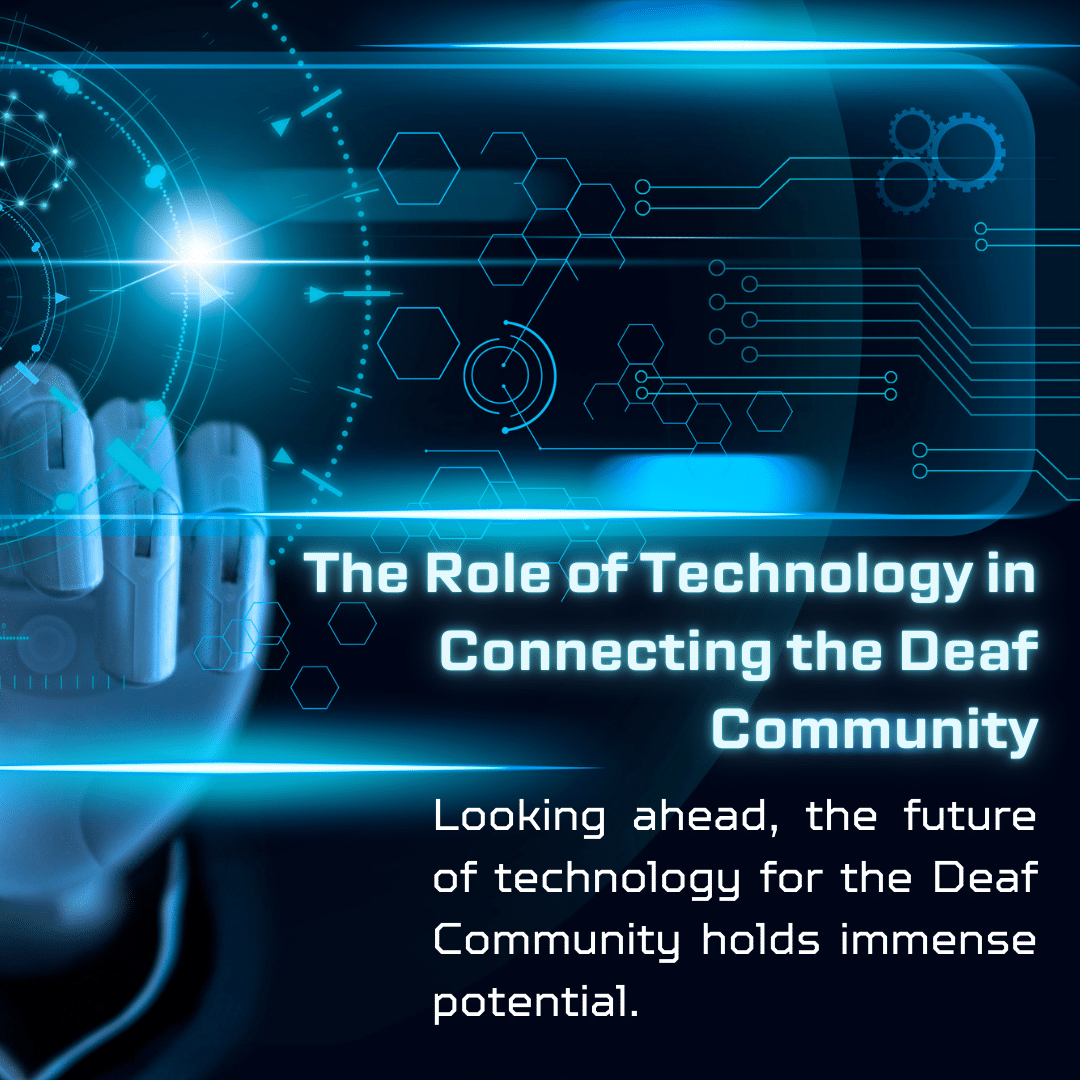

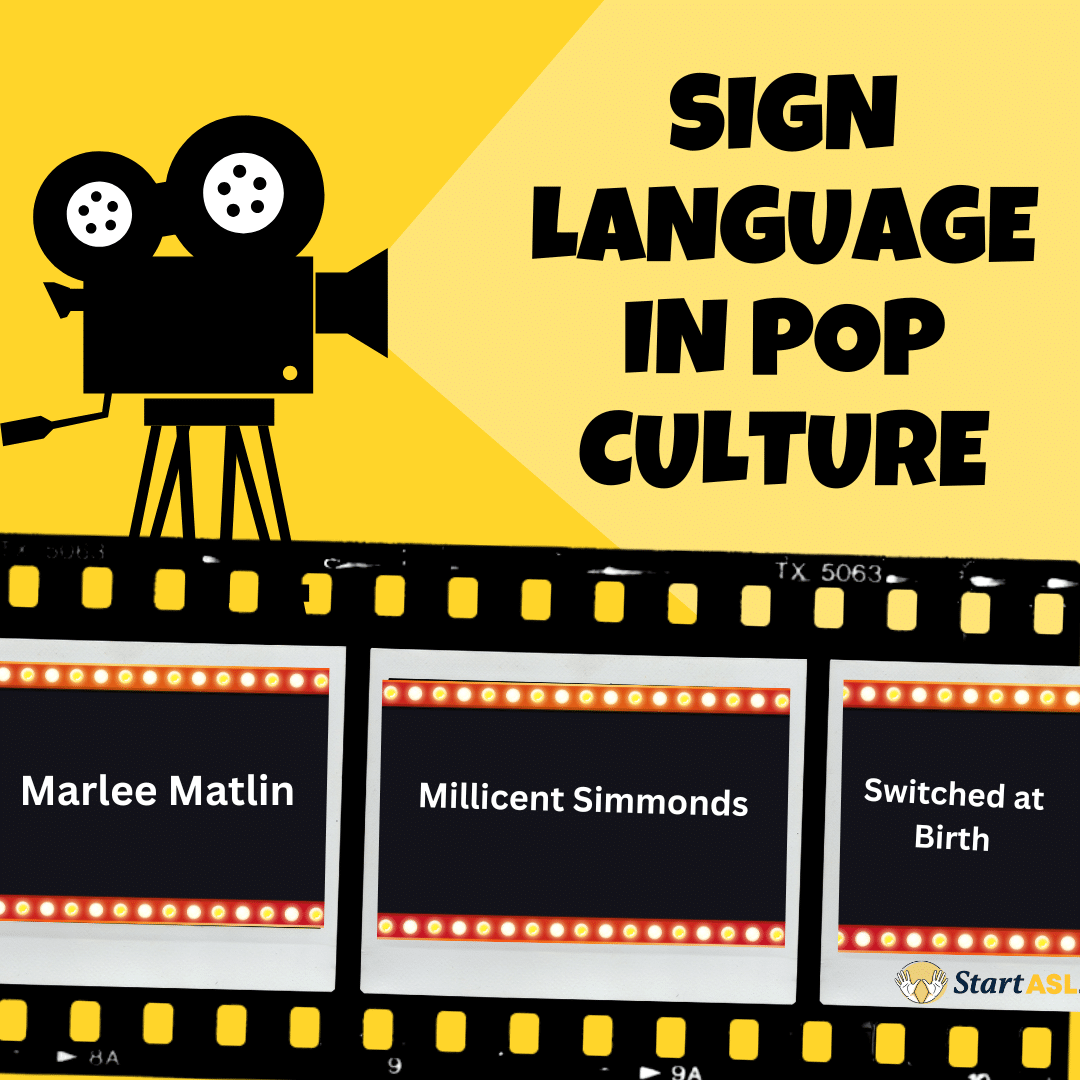






2 Responses
I am obsessed with Switched at Birth & have even begun watching the seasons all over again. I have been so inspired by the show, the actors, and all of the sign language that takes place, that I have begun to take classes myself. Thank you for bringing a show like this to the public, where the rest of the world can take more notice of ASL and the deaf community.
no you